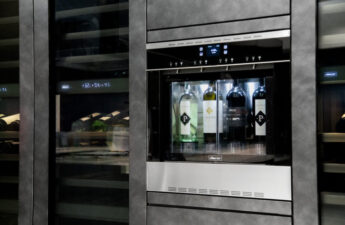The appliance shortage is due to pandemic-related supply chain issues, a chip shortage and surge in supply.
Wealthy homeowners spent the pandemic renovating their multimillion-dollar homes, and it’s led to skyrocketing demand for luxury appliances.
The New York Times reported a real estate boom among the rich and the surge in renovating that followed. Interior designers are being flooded with new jobs, realtors are booking millions and decorators are sourcing sectional sofas that cost as much as $31,000. And they want appliances like Sub-Zero refrigerators, $4,000 ice machines and high-end Wolf ranges.
The La Grande Cuisine 2000, is a highly desired range with six gas burners, two ovens, an electric griddle and has a stylish matte and copper finish. Costs almost $40,000 and there’s a three-month wait-time..
Appliances are in high demand, and the shortage isn’t letting up
While the wait time on a $40,000 stove affects a small subset of consumers, a broader appliance shortage is hampering homeowners across the country. Starting last fall, many Americans started home improvement projects. This put a strain on appliance-makers who struggled to keep up with the uptick in demand.
Whirlpool chief financial officer reported the company’s had a very high backlog of orders.
Demand for appliances amid a home improvement boom is partially to blame, external factors are also making it difficult. Last spring factories shut down, slowing down production of new dishwashers and refrigerators while wealthy homeowners started buying up extra appliances like freezers to stockpile groceries. In fact freezers were sold out or back-ordered for months at stores like Home Depot and Best Buy,
Shipping and logistics industries were strained too, leading to national chains to shift their models to direct-to-consumer deliveries. An ongoing chip shortage means that appliance makers who offer items with smart capabilities are feeling the strain.
The president of Whirlpool in China, reported that Whirlpool has had a difficult time sourcing the processors that power more than half of its product lineup, including washing machines, microwaves, and refrigerators, according to Reuters.
A year later, industry insiders don’t expect the shortages to let up anytime soon. Appliance store owners in various parts of the US warn that issues with supply could extend for several more months.




